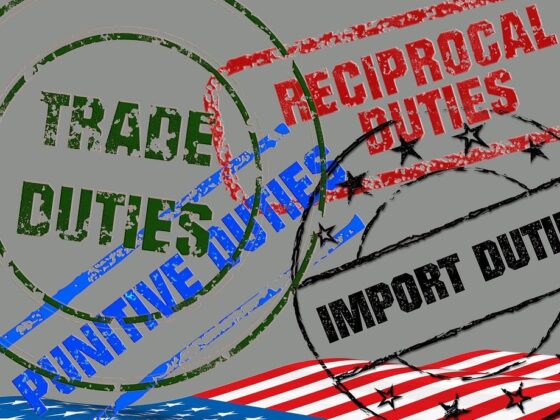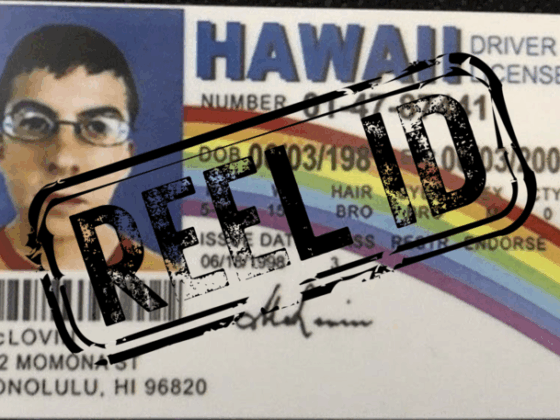Engaging temporary workers is a complex process even under the best of circumstances. For human resource departments, the challenge of navigating state-by-state and federal compliance, alongside the regular burden of onboarding temp workers, can be daunting. This is particularly true when engaging temporary or contract workers for last-minute projects. The time constraints amplify the challenges when extensive up-front work is required to onboard workers and address the varying compliance requirements. This article delves into how support from an Employer of Record service (EOR) can alleviate these challenges, streamlining the onboarding process for workers.
Understanding the Challenges for HR Departments
The Need for Speed
One of the primary challenges HR departments face is when there’s a need to onboard workers quickly for last-minute projects. Lacking a pre-established system for often leads to errors, overwhelm, and errors.
Intensive Administrative Work
The process of engaging temporary workers requires significant administrative effort before their assignments even begin. This includes managing paperwork for employment, conducting background checks, and more. For HR departments, accuracy in these tasks is critical, particularly when handling a large volume of temp workers. The administrative load can be substantial, diverting resources from other essential operations and possibly resulting in onboarding delays or mistakes.
Diverse State Legislation
The decentralized nature of employment legislation in the United States means that onboarding and independent contractor compliance requirements can significantly differ from state to state. This complexity poses a daunting challenge for HR departments, especially those operating in multiple jurisdictions. Navigating the various state laws regarding wages, overtime, breaks, termination, and more, not only complicates the onboarding process but also heightens the risk of non-compliance, potentially leading to legal issues and financial penalties. Keeping abreast of each state’s requirements demands ongoing vigilance and adaptability, further complicating the onboarding of temporary workers.
Engaging an Employer of Record
An EOR can significantly mitigate the challenges associated with engaging temporary workers. Acting as a third-party organization, an EOR assumes the formal employment responsibilities, including payroll, taxes, and adherence to local labor laws. Here’s how an EOR facilitates overcoming temp worker engagement challenges:
Managing Compliance and Administrative Tasks
By addressing the complexities of employment legislation, an EOR addresses compliance concerns with regard to local laws. This support is invaluable, given the variability of requirements from state to state.
Streamlining Onboarding Processes
EORs provide streamlined onboarding procedures and best practices, enhancing the efficiency and effectiveness of temp worker onboarding.
Instantly Expand Operational Capacity
An EOR acts as a strategic partner and offers a more cost-effective strategy for many companies. For instance, an EOR with established systems enables a swift and seamless response to changing demands.
The Bottom Line
Engaging temporary workers presents unique challenges. Partnering with an EOR can significantly improve this process by addressing compliance issues, granting access to a wider talent pool, and streamlining onboarding practices. A strategic approach to engaging independent contractors can greatly enhance their success and, consequently, contribute to achieving company objectives. If you’re wondering how these solutions could affect your business, we’re ready to chat!






